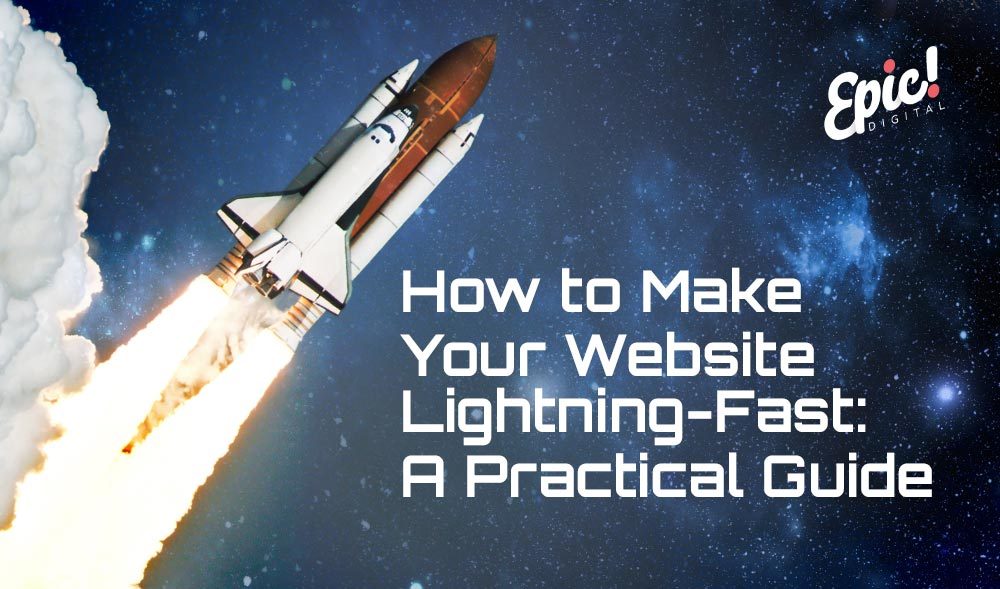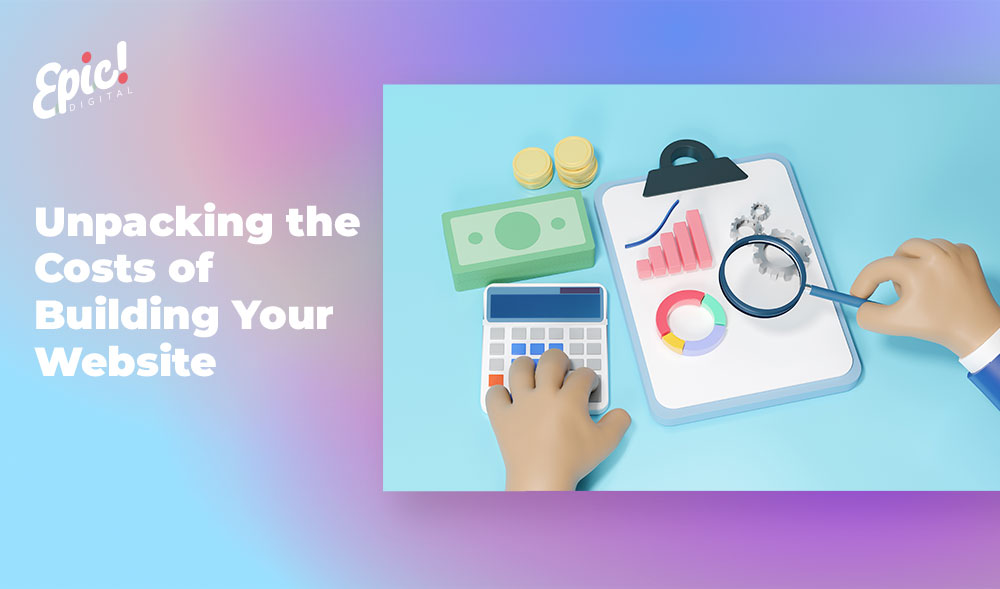
In the digital age, speed isn’t just a luxury—it’s survival. A slow website can frustrate users, tank your SEO rankings, and sabotage conversions. Whether you’re running a personal blog or an e-commerce empire, performance matters. So let’s cut the fluff and get into the real stuff: how to make your website faster.
🧠 Why Speed Matters
Before we dive into the how, let’s talk about the why. Website speed affects everything—from user experience to search engine rankings to conversion rates. A delay of just one second can result in a 7% drop in conversions. Fast websites feel more trustworthy, more professional, and more enjoyable to use.
🔧 1. Optimize Your Images
Images are often the heaviest elements on a webpage, and they can silently sabotage your load times if left unchecked. By optimizing your visuals—without sacrificing quality—you can dramatically improve performance and user experience. Think of it as trimming digital fat.
- Use modern formats like WebP instead of JPEG or PNG.
- Compress images with tools like TinyPNG or ImageOptim.
- Serve responsive images using
srcsetso mobile users don’t download desktop-sized files.
🧹 2. Minify Your Code
Your website’s code might be doing more than it needs to. Every unnecessary space, comment, or line break adds up. Minifying your HTML, CSS, and JavaScript is like decluttering your digital house—cleaner code means faster delivery.
- Minify files using tools like UglifyJS, CSSNano, or HTMLMinifier.
- Combine files where possible to reduce HTTP requests.
🚚 3. Use a Content Delivery Network (CDN)
Distance matters online. If your server is in New York and your visitor is in Tokyo, latency can creep in. A CDN solves this by distributing your content across global servers, ensuring users get your site from the closest possible location.
- Popular CDNs: Cloudflare, Akamai, Amazon CloudFront
- Benefits: Faster load times, reduced server strain, and improved security
🧱 4. Enable Browser Caching
Why make your visitors download the same assets every time they visit? Browser caching lets you store parts of your site locally on users’ devices, speeding up repeat visits and reducing server load. It’s a win-win for performance and efficiency.
- Set cache headers via
.htaccessor your server config - Use tools like Google PageSpeed Insights to identify caching opportunities
⚡ 5. Lazy Load Non-Essential Content
Not everything needs to load immediately. Lazy loading defers the loading of images, videos, and other media until they’re actually needed—like when a user scrolls down. It’s a smart way to prioritize what matters most, first.
- Use the
loading="lazy"attribute for images - Implement lazy loading libraries for more complex setups
🧪 6. Audit with Performance Tools
Before you can fix speed issues, you need to find them. Performance auditing tools give you a clear picture of what’s slowing your site down and offer actionable insights. It’s like getting a health check-up for your website.
- Use Google Lighthouse, GTmetrix, or WebPageTest to analyze your site
- Get actionable insights on what’s slowing you down
🏎️ 7. Choose a Fast Hosting Provider
Even the most optimized site can crawl if it’s hosted on a sluggish server. Your hosting provider is the engine behind your website—so make sure it’s built for speed, reliability, and scalability.
- Opt for SSD-based hosting
- Consider managed WordPress hosting if you’re on WP
- Look for providers with built-in caching and CDN support
🧠 Bonus Tips
Want to go the extra mile? These advanced techniques can give your site an edge:
- Preload key resources to prioritize critical assets
- Use HTTP/2 for faster multiplexed connections
- Implement server-side caching with tools like Varnish or Redis
- Reduce third-party scripts that add bloat and slow things down
✨ Final Thoughts
Speed isn’t just technical—it’s emotional. A fast site feels trustworthy, professional, and respectful of your visitors’ time. So take the time to optimize, and your users (and Google) will thank you.
Want help tailoring this guide to your specific platform—like WordPress, Shopify, or Webflow? We’d be happy to help you fine-tune it, please contact us now!




